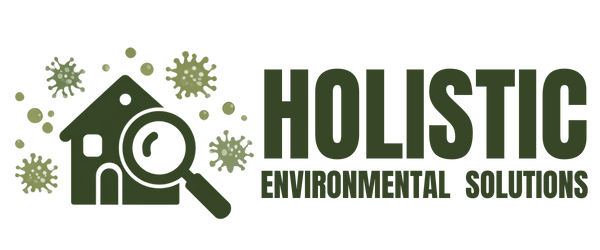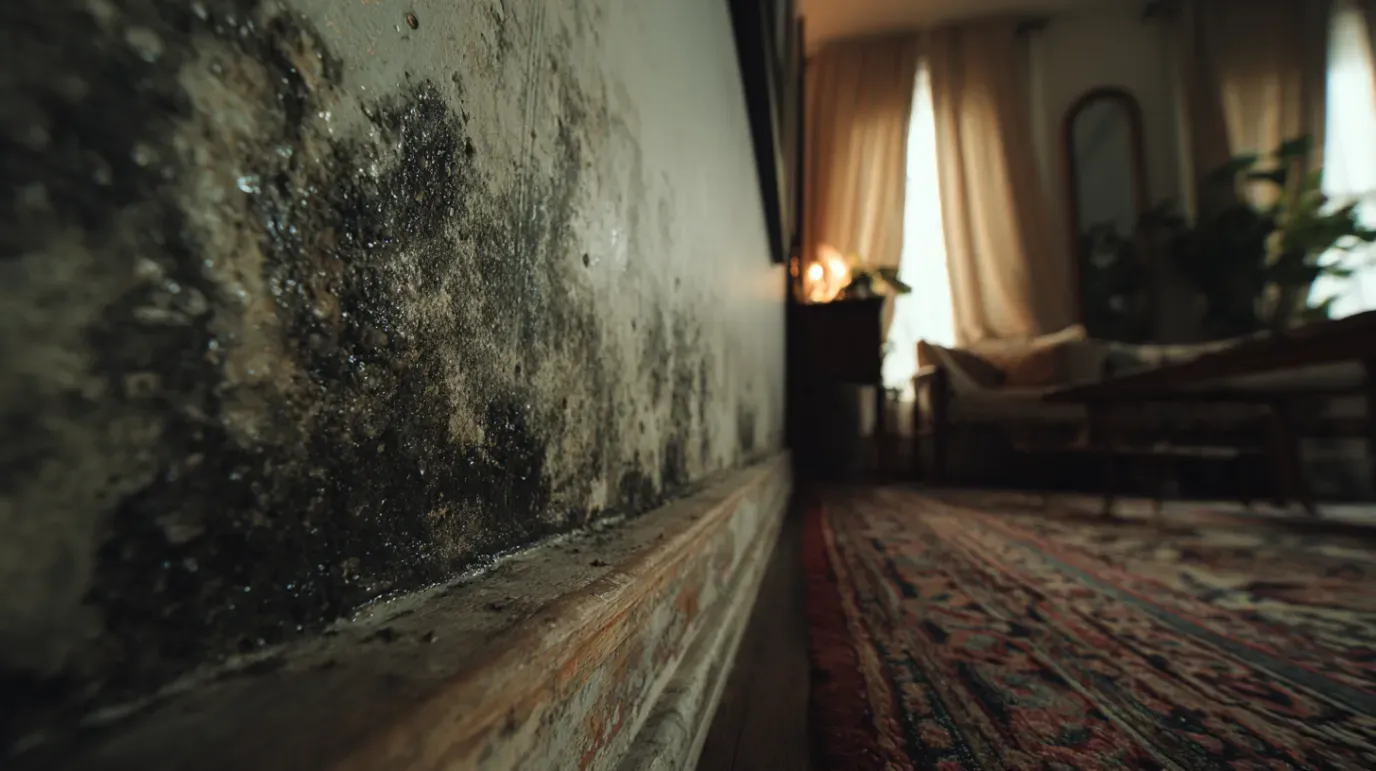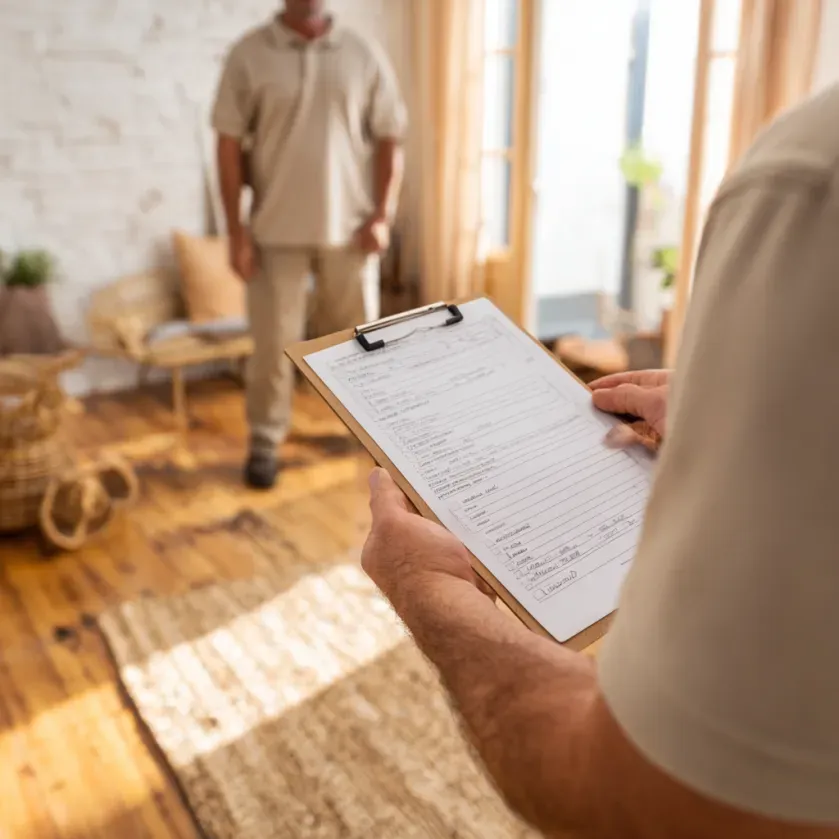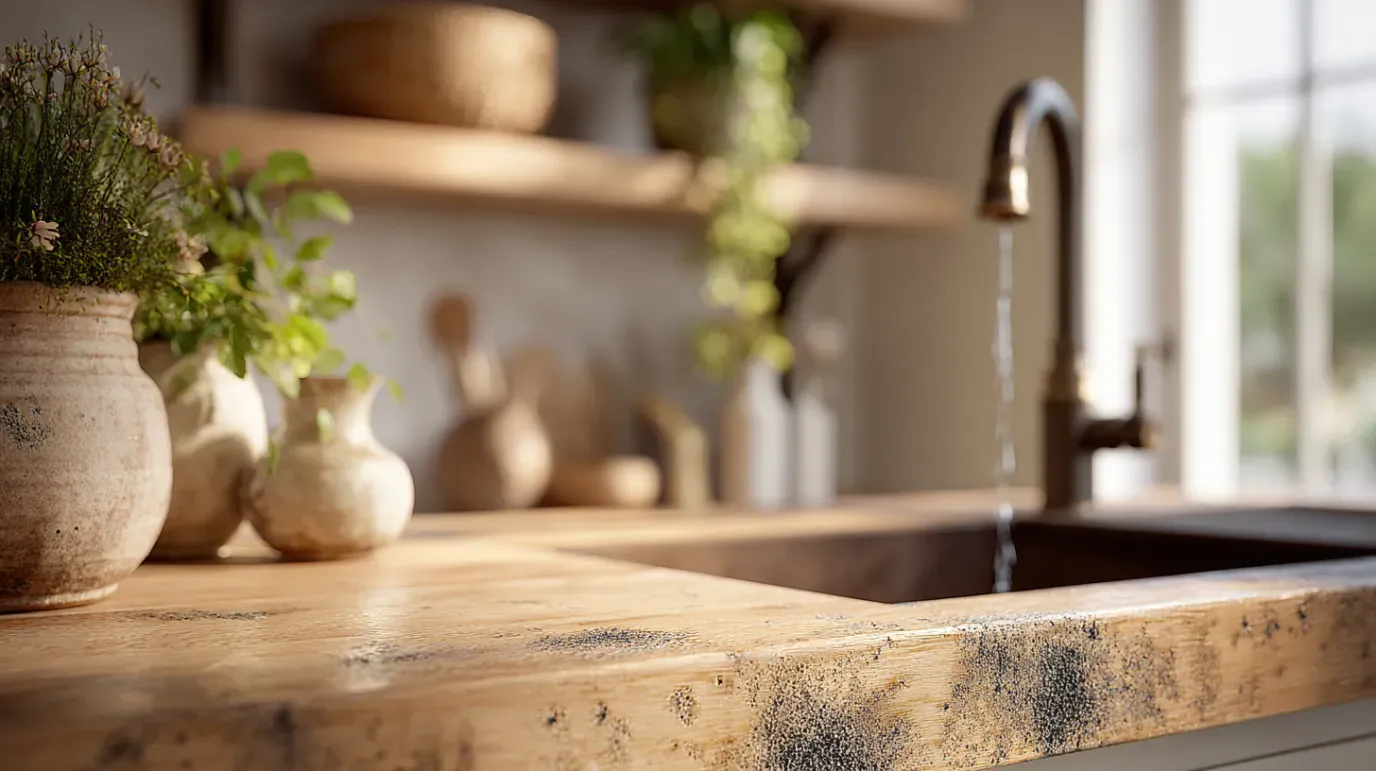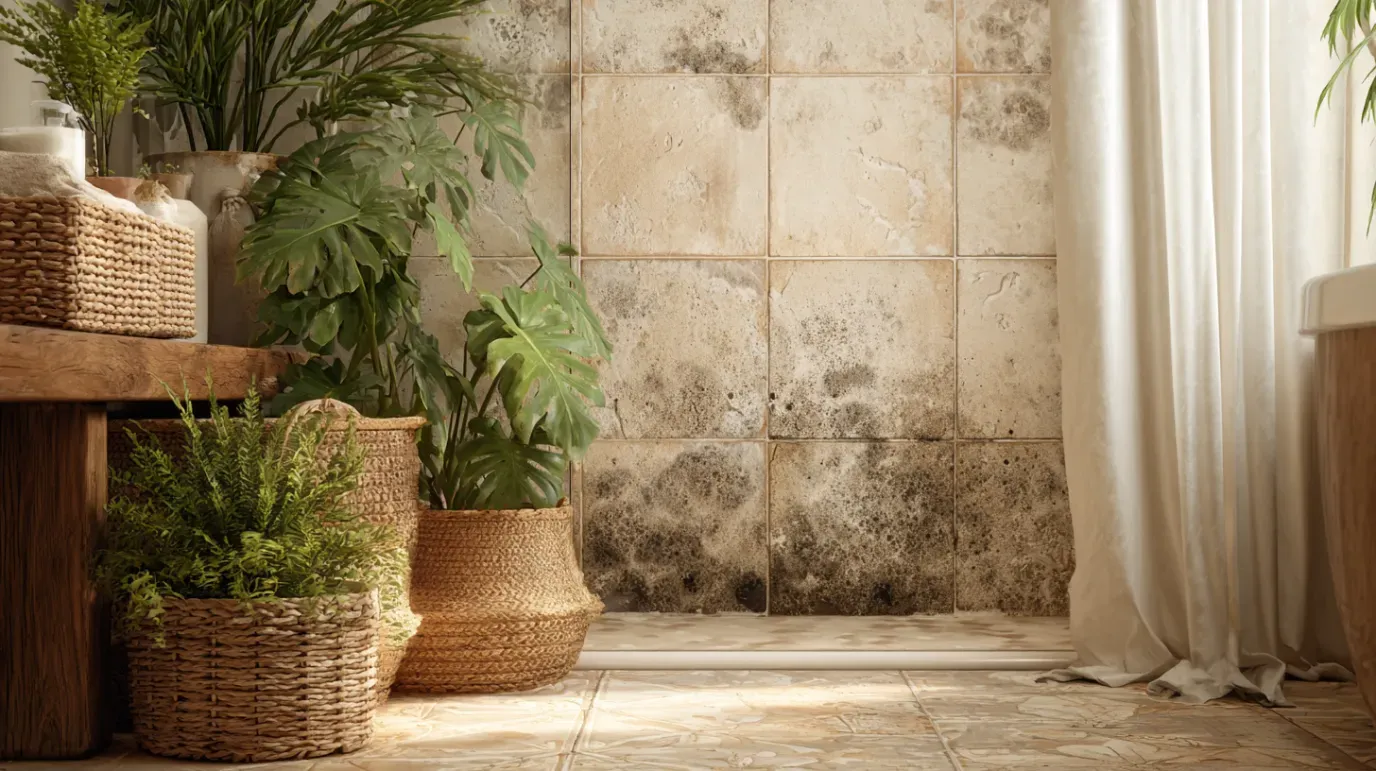Our Services
Custom Mold Remediation Protocols for South Florida
We provide safe mold assessment plans designed for South Florida properties, delivering the detailed, step-by-step guidance you need to ensure a successful and thorough mold removal process.
Why You Need Professional Mold Remediation Protocols in South Florida
Once mold is confirmed in your South Florida property, a random cleanup approach is not enough. Professional mold remediation protocols tailored for the region are essential for creating a safe, effective, and verifiable mold removal strategy. As an independent mold inspection company serving South Florida, we develop a detailed scope of work that outlines the exact procedures a remediation company must follow. This plan, based on scientific data from our mold inspection, ensures that containment is properly established, cross-contamination is prevented, and the job is completed according to industry standards—protecting both your property and your health.
The Science of Developing Safe Mold Assessment Plans
Creating effective mold remediation protocols for South Florida properties is a meticulous process based on scientific principles and industry best practices. Our role is to translate our inspection findings into a clear, actionable plan custom-fitted for the climate and construction styles of this region. Here’s how we develop our safe mold assessment plans:
- Data-Driven Scoping: We use the results from air and surface samples, moisture mapping, and our visual inspection to define the precise boundaries of the contamination. This data determines the size of the work area and the level of containment required—critical for South Florida's humid environment.
- Containment and Engineering Controls: The protocol specifies the construction of critical containment barriers using plastic sheeting and negative air pressure machines (air scrubbers) equipped with HEPA filters. This prevents mold spores from spreading to unaffected areas of your South Florida property during demolition and cleaning.
- Personal Protective Equipment (PPE) Requirements: We clearly outline the necessary PPE for remediation workers, including respirators, gloves, and full-body suits, to ensure their safety and prevent the tracking of contaminants.
- Step-by-Step Removal and Cleaning Procedures: The protocol provides explicit instructions on the removal of contaminated materials (like drywall or insulation), followed by detailed steps for cleaning and treating the remaining structural elements. This includes HEPA vacuuming and applying appropriate antimicrobial agents.
- Post-Remediation Verification Criteria: Our plan sets the standards for success. It defines the clearance testing that must be passed after the remediation is complete to scientifically verify that the area has been returned to a normal fungal ecology.
This structured approach transforms mold removal from a guessing game into a controlled, scientific process, ensuring every project in South Florida is done right the first time.
Common Situations in South Florida Requiring a Remediation Protocol
A formal mold remediation protocol is a critical component for ensuring a successful outcome in many different scenarios, especially in South Florida’s warm, humid climate. We recommend developing safe mold assessment plans in the following situations to protect your investment and ensure occupant safety:
Significant Mold Contamination
When mold growth covers more than 10 square feet, a professional protocol is necessary to manage the project safely and is particularly important for Florida’s moisture-prone buildings.
Real Estate Transactions
A protocol provides both buyers and sellers with a clear, agreed-upon plan for addressing mold issues discovered during a South Florida inspection.
Tenant and Landlord Disputes
An independent, third-party protocol serves as an unbiased guide to resolve conflicts over the proper way to handle mold in a rental property.
Post-Remediation Project Failure
If a previous remediation attempt failed clearance testing, a new protocol is needed to diagnose the failure and outline the correct steps for a second attempt.
Projects Involving Individuals with Health Sensitivities
For homes with occupants who have asthma, allergies, or compromised immune systems, a strict protocol—especially in South Florida—is non-negotiable.
Complex Insurance Claims
A detailed scope of work from a certified professional substantiates the need for specific remediation actions and helps streamline insurance claim processes in the region.
The Risks of Improper Mold Remediation in South Florida
Attempting mold removal in South Florida without a proper protocol can make a bad situation significantly worse. The region’s climate means that even small mistakes can lead to increased costs, property damage, and ongoing health concerns.
Cross-Contamination
The biggest risk is spreading mold spores to clean areas of the property. Without proper containment, demolition activities can release millions of spores into the air, turning a small problem into a whole-house issue—especially in humid South Florida conditions.
Incomplete Removal
Simply cleaning the visible mold without addressing the underlying contamination within walls or other materials means the mold will quickly return.
Exposure to Harmful Spores
Unprotected workers and occupants can be exposed to high concentrations of mold spores, potentially causing respiratory irritation, allergic reactions, and other health problems.
Use of Inappropriate Chemicals
Using the wrong chemicals, like bleach, can be ineffective on porous surfaces and may release harmful fumes without actually killing the mold.
Failed Clearance Testing
An improper remediation will not pass a post-remediation verification test, meaning you will have to pay for the work to be done all over again.
Lingering Odors and Stains
When not handled correctly, musty odors and stains can persist even after the visible mold has been wiped away, indicating a deeper issue.
Professional mold remediation protocols, specially designed for the challenges faced in South Florida, are essential to mitigate these risks and ensure a safe and effective project from start to finish.
Benefits of Our South Florida Remediation Protocols
Our professional remediation protocols are tailored to address the unique climate and environmental challenges of South Florida, where humidity and moisture can quickly escalate mold issues. By following science-backed procedures and local best practices, we help you avoid common pitfalls, ensure regulatory compliance, and achieve long-term protection for your property and health. Trust in our expertise to provide peace of mind throughout the entire remediation process.
At Holistic Environmental Solutions, we create unbiased, science-based mold remediation protocols built specifically for South Florida’s unique environment. Our plans ensure accountability and provide a clear roadmap for a successful remediation.
Key Benefits:
Unbiased, Third-Party Expertise
Since we do not perform remediation, our protocols are created with only one goal in mind: ensuring your South Florida property is restored to a safe condition. There is no conflict of interest.
Sets Clear Expectations
Our detailed scope of work ensures that you and your chosen South Florida remediation contractor are on the same page, preventing disputes and unexpected charges.
Ensures Project Safety
Our protocols prioritize the health and safety of both the remediation workers and your building's occupants by mandating proper containment and PPE—crucial in fluctuating South Florida weather.
Accountability for Contractors
The protocol serves as a checklist. You can hold your remediation company accountable for completing every required step according to industry standards.
Foundation for Successful Clearance
A project that follows a professionally designed protocol is far more likely to pass post-remediation verification testing on the first try.
Cost-Effective in the Long Run
While there is a cost to creating a protocol, it prevents the much higher costs associated with failed remediation projects, cross-contamination, and recurring mold growth often seen in South Florida properties.
Empower yourself with a clear plan. Contact Holistic Environmental Solutions to develop a safe mold assessment plan tailored specifically to your South Florida property.
Frequently Asked Questions About Remediation Protocols
Do you have questions about how a mold remediation protocol works in South Florida? This section provides clear, expert answers to common concerns about creating a safe and effective plan for mold removal, designed for the region’s unique needs. We are here to help you navigate the process with clarity and confidence.
What is a mold remediation protocol?
A mold remediation protocol is a detailed, written document that serves as a step-by-step guide for a mold remediation contractor. It is created by an independent environmental consultant, like us, based on the findings of a comprehensive mold inspection of your South Florida property. The protocol specifies the containment procedures, removal methods, cleaning techniques, and safety precautions required to ensure the mold is removed safely and effectively.
Why can't the remediation company just write their own protocol?
While reputable remediation companies understand industry standards, their primary business is performing the cleanup. An independent protocol written by a third-party consultant eliminates any potential conflict of interest. Our only objective is to ensure the health and safety of your property based on scientific data. This provides an essential layer of protection and accountability for you, the property owner.
Is a protocol legally required?
While not always a legal requirement, a professional protocol is considered the industry standard of care for any significant mold remediation project in South Florida. It is often required by insurance companies, and it is a critical document in real estate transactions or landlord-tenant disputes to prove that the work was planned and executed correctly.
What information is included in a mold remediation protocol?
A comprehensive protocol from Holistic Environmental Solutions will include: the location and size of the work area, specifications for containment and negative air pressure, requirements for Personal Protective Equipment (PPE), detailed instructions on the removal of contaminated materials, guidelines for cleaning and treating remaining structures, and the criteria for passing post-remediation verification (clearance) testing—addressing the specific needs of South Florida properties.
Does your company perform the remediation work?
No. We specialize exclusively in environmental testing and consulting across South Florida. We write the protocol, and then a separate remediation company of your choice performs the work. This separation of duties is crucial for providing unbiased guidance and verification. After the work is done, we return to perform the clearance testing to confirm the contractor was successful.
I only see a small amount of mold. Do I still need a protocol?
For very small areas of surface mold (generally less than 10 square feet), a full protocol may not be necessary. However, if the mold is a result of a larger water issue or is found on materials within a wall cavity, a protocol is highly recommended. The visible mold is often just the "tip of the iceberg," especially in South Florida’s humid conditions.
How does a protocol help with my insurance claim?
Insurance carriers throughout South Florida often require a third-party scope of work to process a claim for mold damage. A professional mold remediation protocol serves as this document, justifying the necessary work and providing clear, defensible evidence of the extent of the problem. This can help prevent claim denials or disputes over the cost of the remediation.
What happens after the remediation protocol is written?
Once you have the protocol, you can provide it to one or more qualified South Florida remediation companies to obtain accurate, "apples-to-apples" bids for the work. After you select a contractor and they complete the job according to the protocol's specifications, you will schedule a post-remediation verification (clearance) inspection with us to confirm the area is clean.
What is Post-Remediation Verification (PRV)?
PRV, or clearance testing, is the final step. After the remediation company has removed the containment and informed you the job is complete, our technician returns to conduct a visual inspection and take new air and surface samples. The goal is to scientifically verify that the remediation was successful and that the mold spore levels have returned to a normal, healthy state—vital for South Florida buildings.
What if the clearance test fails?
If a project fails clearance testing, it means the remediation was not successful. Our protocol protects you in this scenario. Because the contractor was required to follow a specific set of instructions, it is typically their responsibility to return and re-clean the work area at no additional cost until it passes. The protocol prevents disputes about whether the job was "done," ensuring higher standards for South Florida properties.

